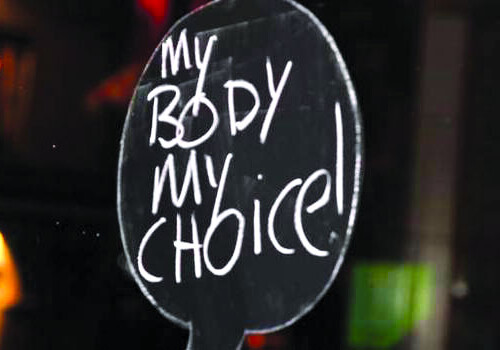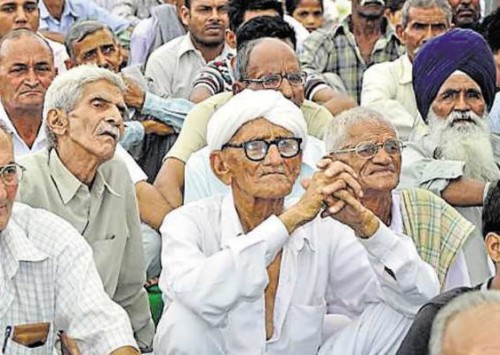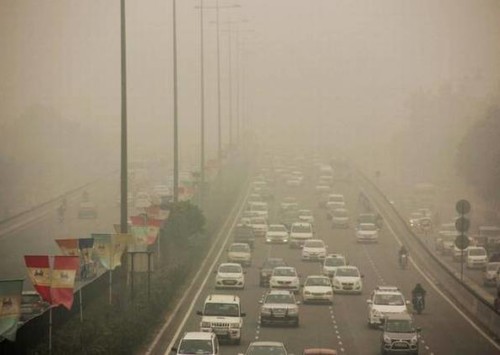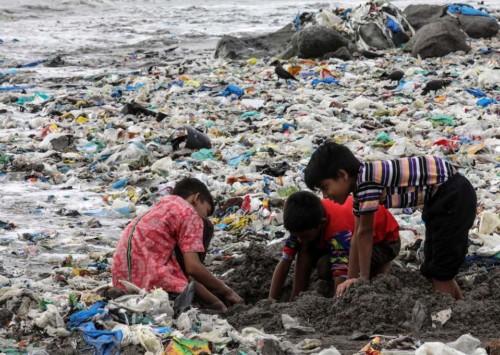India moves ahead in child wellbeing index in Global Childhood Report
Save the Children, a UK based non-profit organisation that works for child rights released the Global Childhood Report for 2019 on May 28 which listed India at 113th position among 176 countries on an index that evaluates countries on condition and well-being of children.
The End of Childhood Index, a part of the Global Childhood Report 2019 indicates that more than quarter of a billion children are better off today than two decades ago. There has been an estimated 29 pc fall in the number of children deprived of their childhood since 2000 as the number has decreased from 970 million children to 690 million. Even India has fared better as its score increased from 632 in 2000 to 769 in 2019 and also moved up in ranking since last year.
The index compares latest data from the countries on eight indicators to determine the well-being of children and teenagers (0-19 years) and score them out of 1000. The countries are evaluated on the statistics of mortality among children under five years of age, stunted growth due to malnutrition, lack of education, child labour, early marriage, adolescent births, displacement due to conflict and child homicide.
How India has fared in the last 20 years?
India has shown a gradual improvement in its statistics in preventing child marriage, reducing child mortality rate and child health. It has recorded a reduction in its child mortality rate by 55 pc in the last 20 years, from 88 deaths per 1000 live births in 2000 to 39 deaths per 1000 live births in 2017, according to the Levels & Trends in Child Mortality report by UNICEF, World Health Organisation (WHO), the United Nations Population Division and the World Bank Group. Most of the deaths among children under five are attributed to preventable infectious diseases, followed by injuries, meningitis, measles and malaria.
In 1978, Indian government raised the minimum age of marriage from 15 to 18 for girls and 18 to 21 for boys to curb the practice of child marriage and also implemented laws like the Prohibition of Child Marriage Act 2006. Since 2000 the number of child marriages in India has been halved and the number of married girls between the ages of 15-19 is down by 51 pc. The number of adolescent birth has also reduced by 63 pc since 2000, which stands for two million fewer young mothers.
Although India has made quite a progress in providing free education to its children, yet nearly 20.2 pc which is more than one in five children (8-16 years) were still out of school as of 2018. Also the number of children engaged in child labour is still high at 11.8 pc of the children. These children are deprived of education and exposed to unsafe and toxic work environments which affect their health.
What can be done to improve the situation?
India is at fourth position among its neighbours on the End of Childhood Index and in case of some of the indicators just above Pakistan. The government needs to adopt an agenda of providing a minimum financial security for all children through child-sensitive social protection scheme. Also a national action plan to lessen and eliminate child labour along with a dedicated budget and monitoring system to track improvements in poverty-related deprivation will help in providing better childhood.
Most of the advances seen in the report are due to the increased awareness due to social welfare programmes and also the proactive investments from government towards empowerment of girl child. The report notes that schemes related to educating the girl child have helped reduce child marriage.
Helle Thorning-Schmidt, CEO of Save the Children International said, “A hundred years ago, following one of the most destructive wars in human history, Save the Children’s founder Eglantyne Jebb drafted the Declaration on the Rights of the Child. Today children are healthier, wealthier and better educated than ever before. While progress has been remarkable, millions of children continue to be robbed of a childhood they deserve. Governments can and must do more to give every child the best possible start in life. Greater investment and more focus is needed if we are to see every child can enjoy a safe, healthy and happy childhood.”















